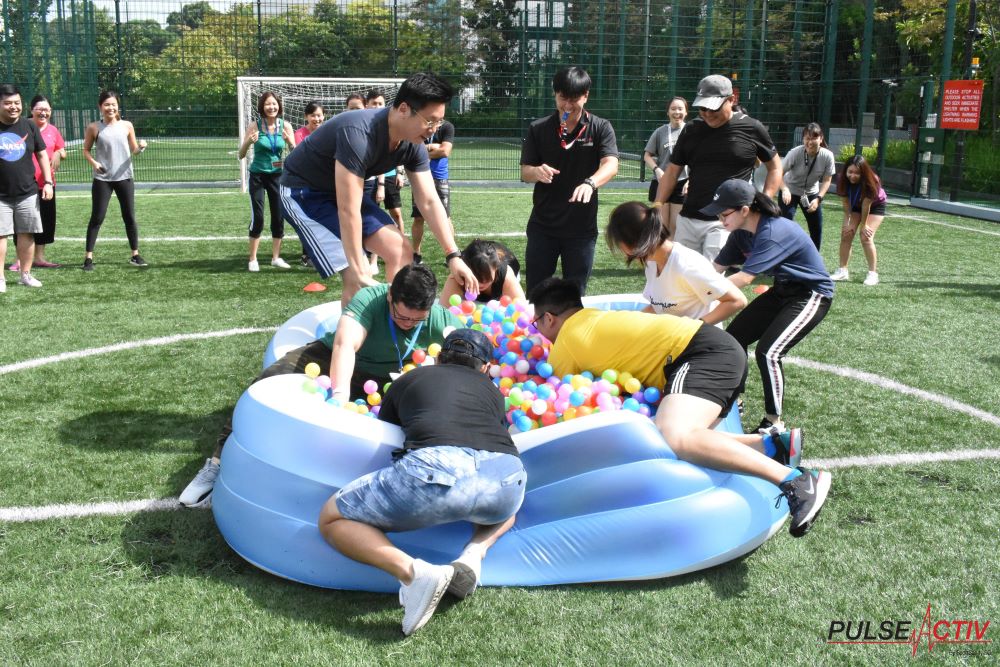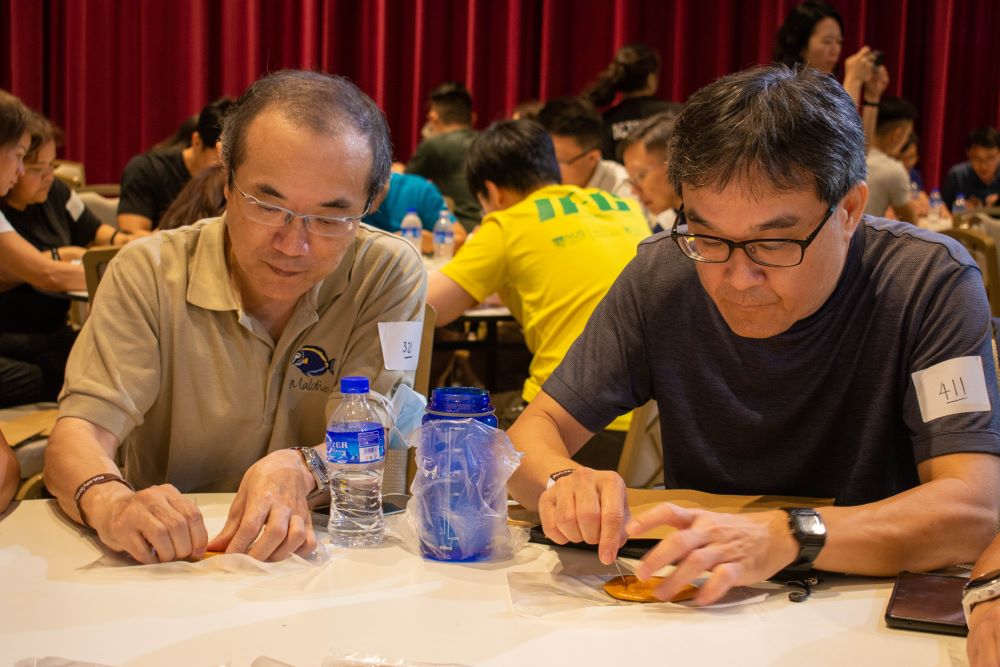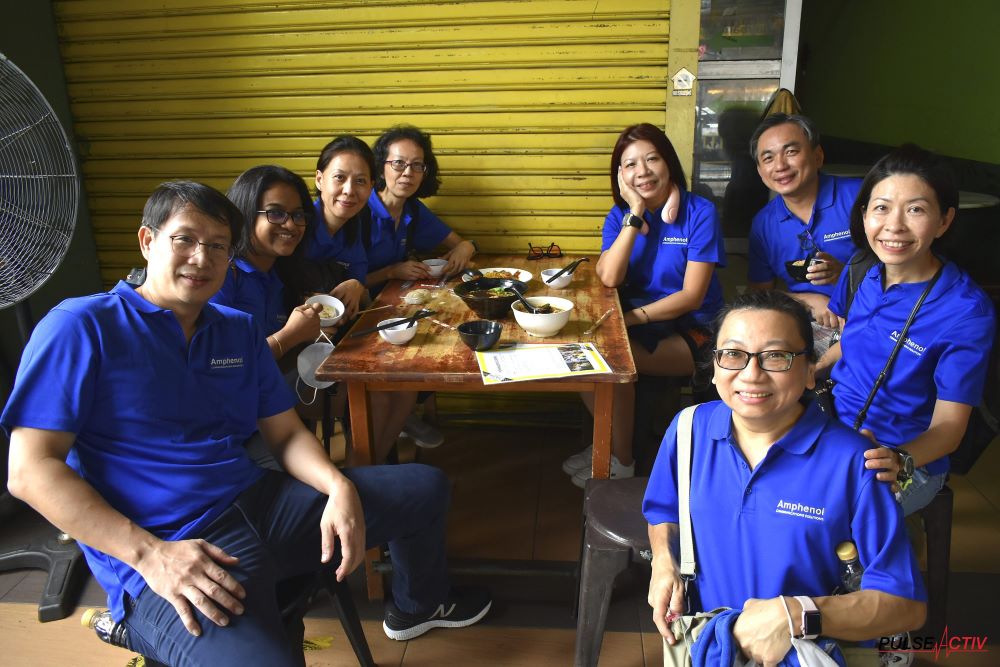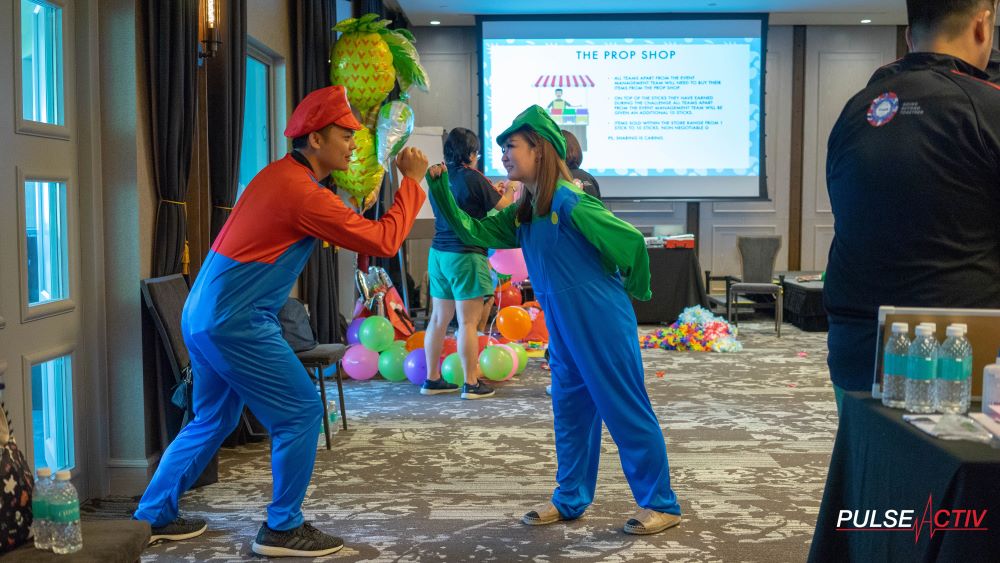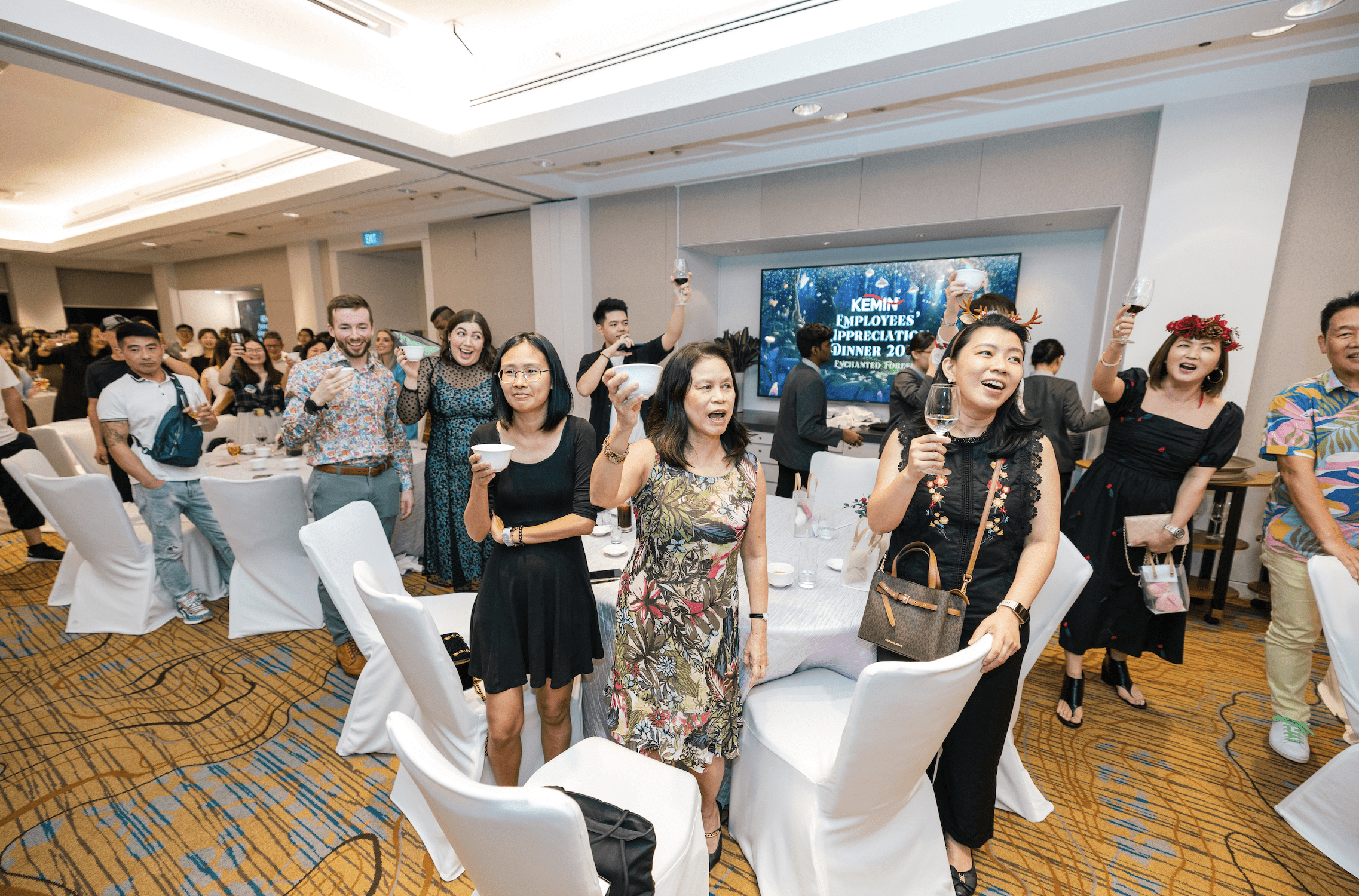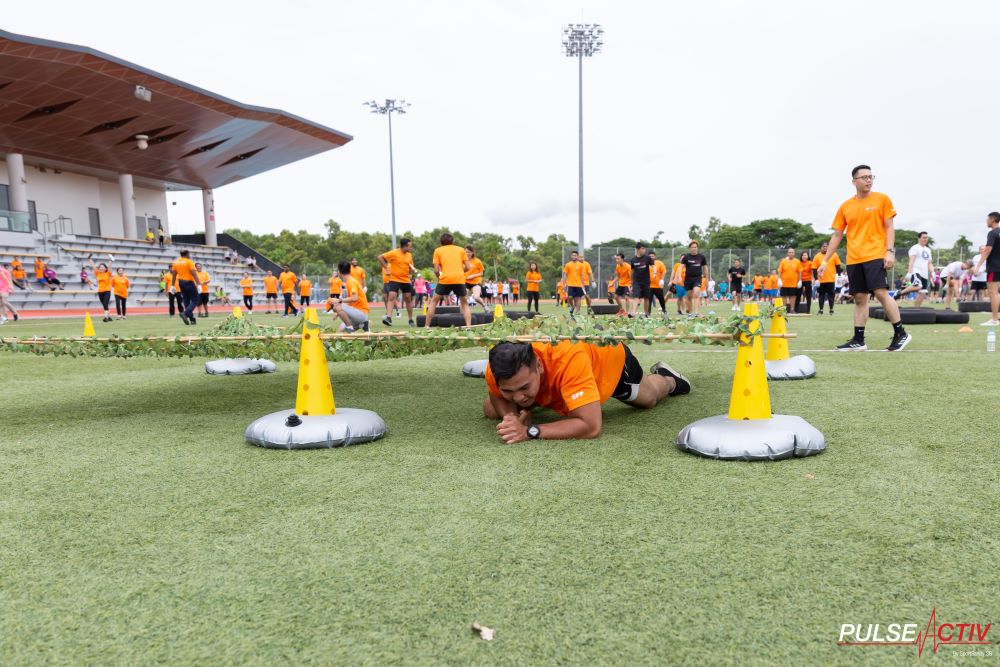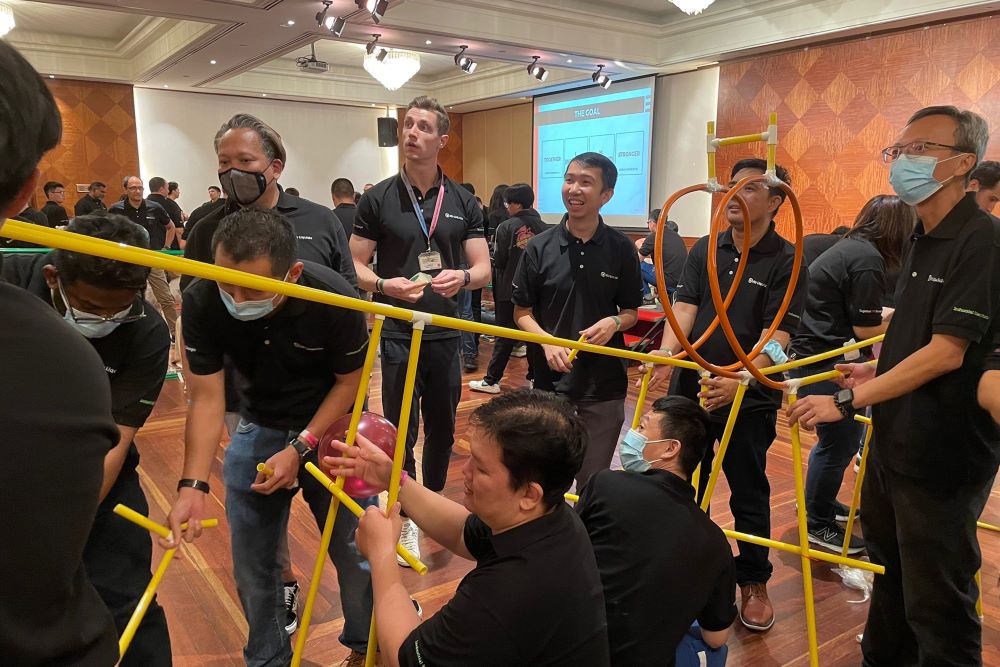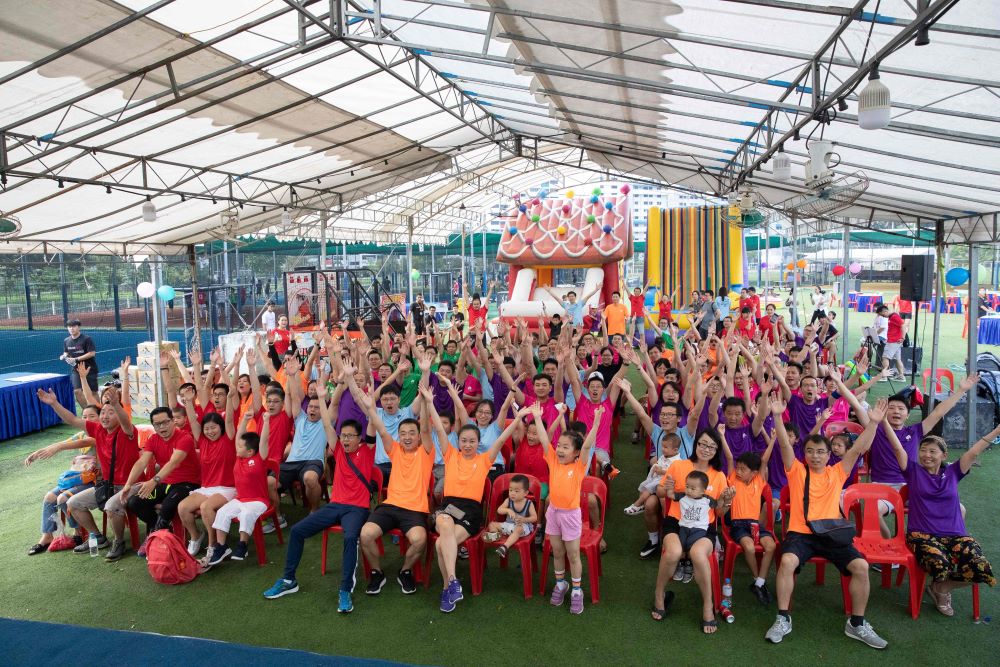The Benefits of Innovative Onboarding Events
In today’s competitive job market, attracting and retaining top talent is crucial for organizational success. One of the most effective ways to achieve this is through a well-designed onboarding process. Traditional onboarding methods often fail to engage new hires, resulting in lower retention rates and decreased job satisfaction. Innovative onboarding events, however, can transform this critical phase, providing numerous benefits for both employees and the organization. Here are the key benefits of incorporating innovative onboarding events into your company’s onboarding process.
Enhanced Engagement
Innovative onboarding events captivate new hires from day one. By moving away from monotonous presentations and paperwork, these events involve interactive and enjoyable activities that spark interest and enthusiasm. Engaged employees are more likely to feel connected to the company, which can significantly boost their motivation and productivity.
Stronger Connections
Onboarding events that include team-building activities help new hires build relationships quickly. Activities such as group challenges, icebreakers, and social gatherings foster camaraderie and trust among new employees and their colleagues. These strong connections create a supportive network that new hires can rely on as they acclimate to their roles.
Improved Retention Rates
A positive onboarding experience can greatly impact an employee’s decision to stay with a company long-term. Innovative onboarding events make new hires feel valued and welcomed, increasing their loyalty and reducing turnover rates. Companies that invest in creative onboarding strategies often see higher retention rates and lower recruitment costs.
Faster Cultural Integration
Innovative onboarding events provide an excellent platform for introducing new hires to the company culture. Through interactive sessions, cultural immersion activities, and mentorship programs, new employees can quickly understand and embrace the organization’s values, mission, and vision. This alignment helps them integrate seamlessly into the company’s culture, enhancing their overall job satisfaction.
Accelerated Learning Curve
Interactive and hands-on training sessions offered during onboarding events help new hires acquire essential skills more effectively. By engaging in real-world scenarios and practical exercises, new employees can better understand their roles and responsibilities. This accelerated learning curve enables them to contribute to the organization more quickly, increasing overall productivity.
Enhanced Communication
Innovative onboarding events often include opportunities for open communication between new hires and leadership. This direct interaction allows new employees to ask questions, express concerns, and gain insights into the company’s goals and strategies. Improved communication fosters transparency and trust, which are vital for a positive work environment.
Positive Company Image
A creative and engaging onboarding process reflects positively on the company’s image. Prospective employees are likely to be attracted to an organization that demonstrates a commitment to employee well-being and growth from the outset. A strong onboarding process can enhance the company’s reputation as an employer of choice, making it easier to attract top talent.
Increased Job Satisfaction
New hires who experience innovative onboarding events often report higher levels of job satisfaction. Feeling supported, valued, and connected from day one can lead to a more positive outlook on their role and the company. Satisfied employees are more likely to be productive, motivated, and loyal, contributing to the overall success of the organization.
Continuous Improvement
Innovative onboarding events encourage continuous feedback and improvement. By regularly soliciting input from new hires, companies can identify areas for enhancement and refine their onboarding process accordingly. This commitment to continuous improvement ensures that the onboarding experience remains relevant, effective, and aligned with the evolving needs of the workforce.
Conclusion
Innovative onboarding events offer numerous benefits that extend beyond the initial integration phase. By enhancing engagement, fostering strong connections, improving retention rates, accelerating cultural integration, and promoting continuous improvement, these events set new hires up for long-term success. Companies that invest in creative and interactive onboarding strategies not only benefit from a more motivated and productive workforce but also strengthen their reputation as an employer of choice. Transform your onboarding process with innovative events to unlock the full potential of your new hires and drive organizational success.
To head back to read another article in our blog, click here.
